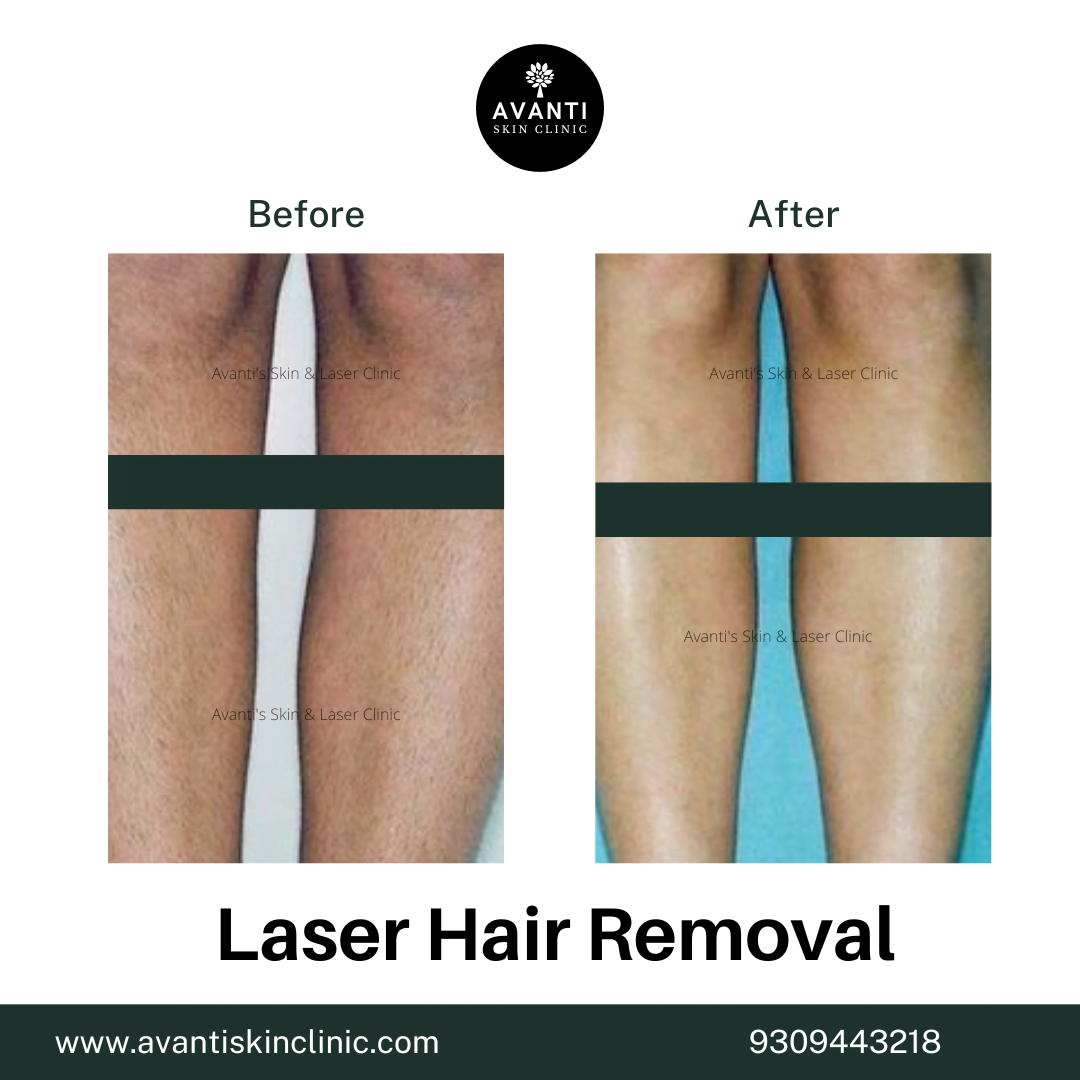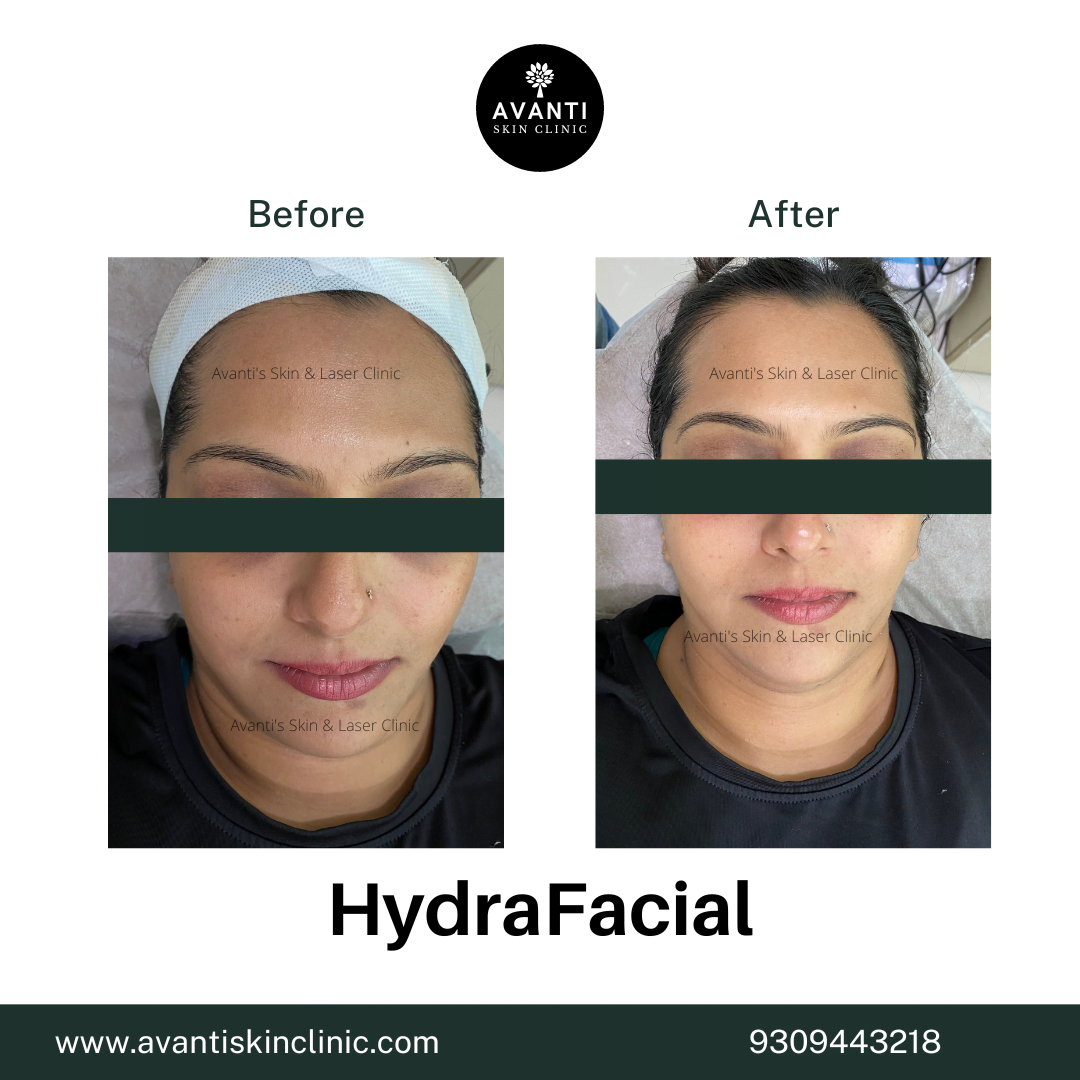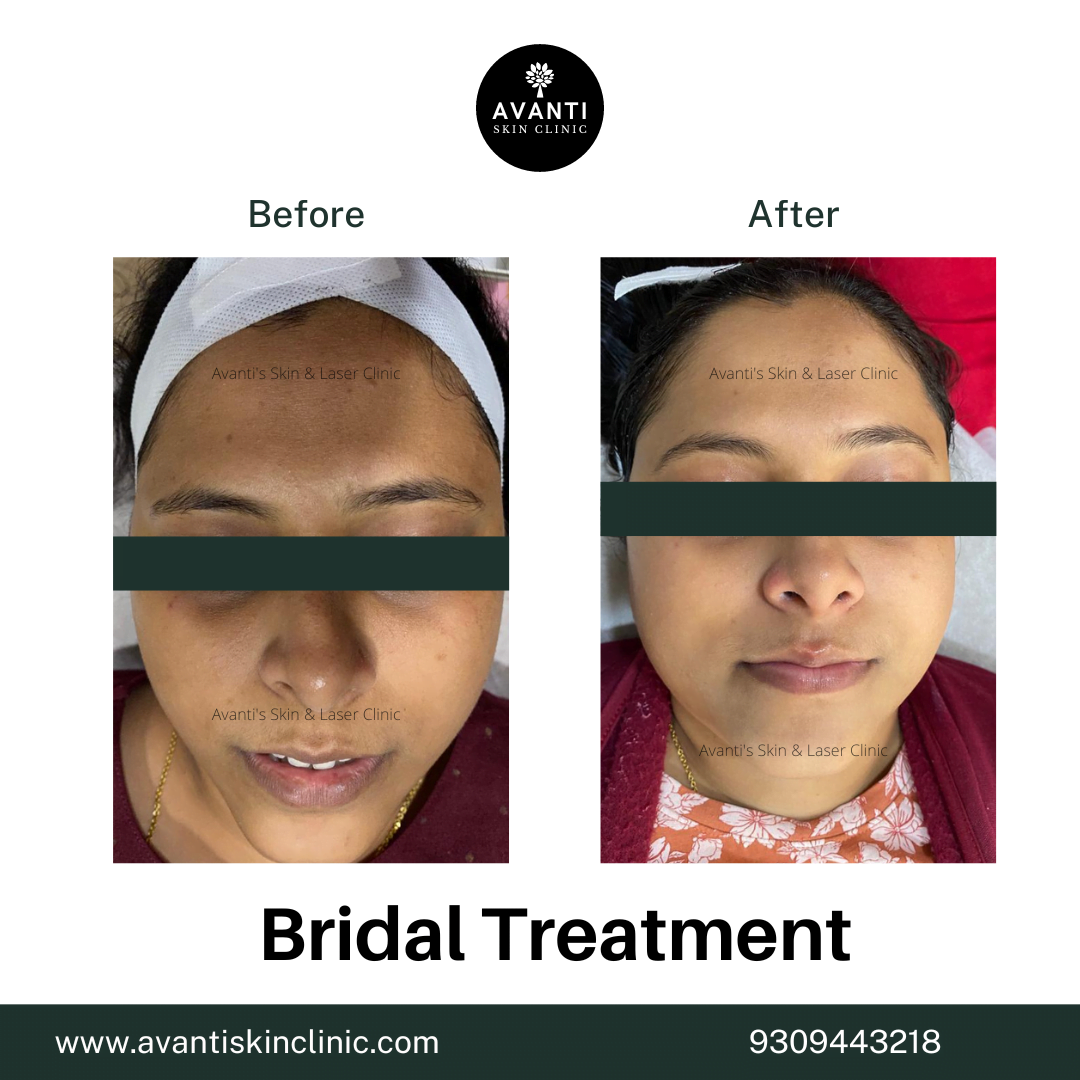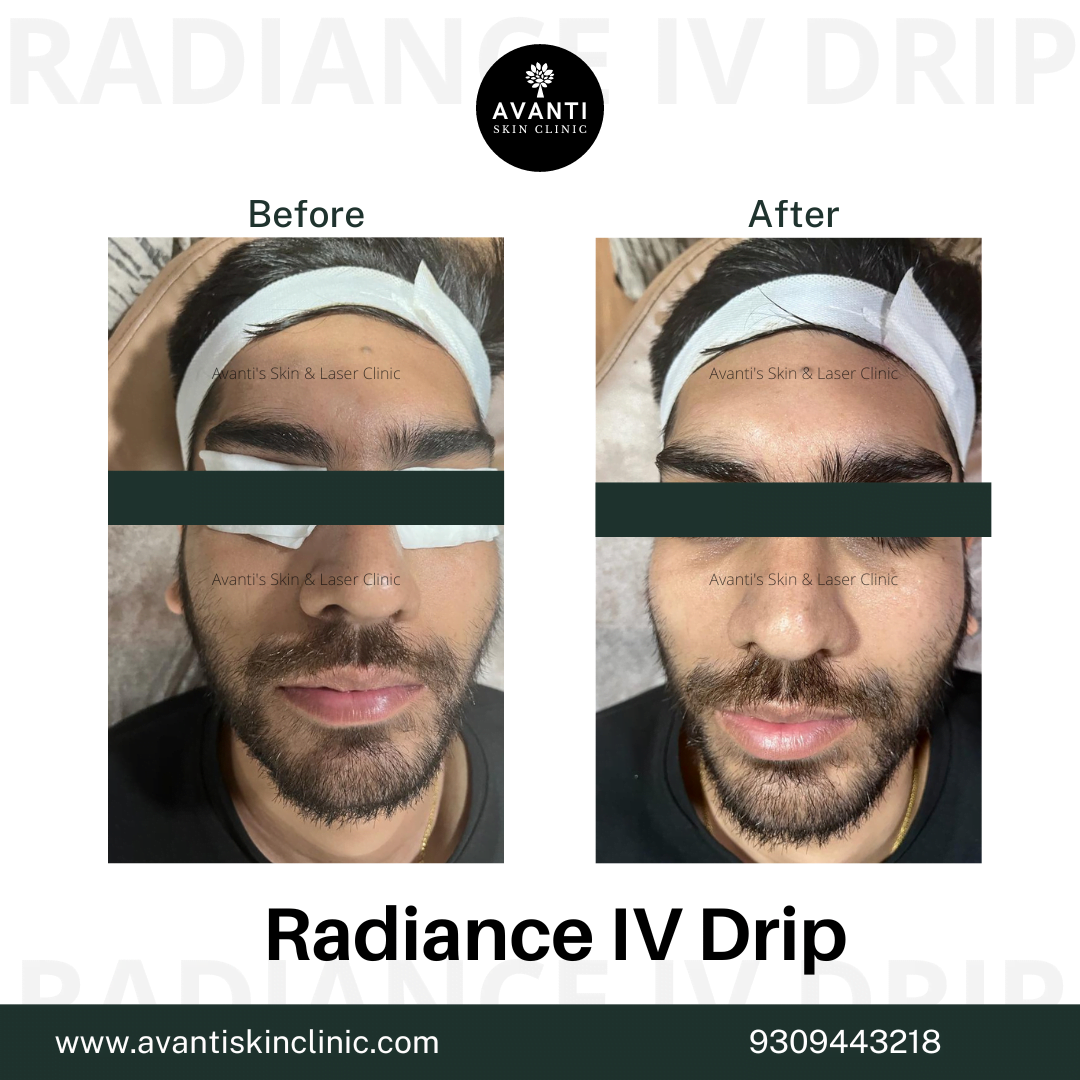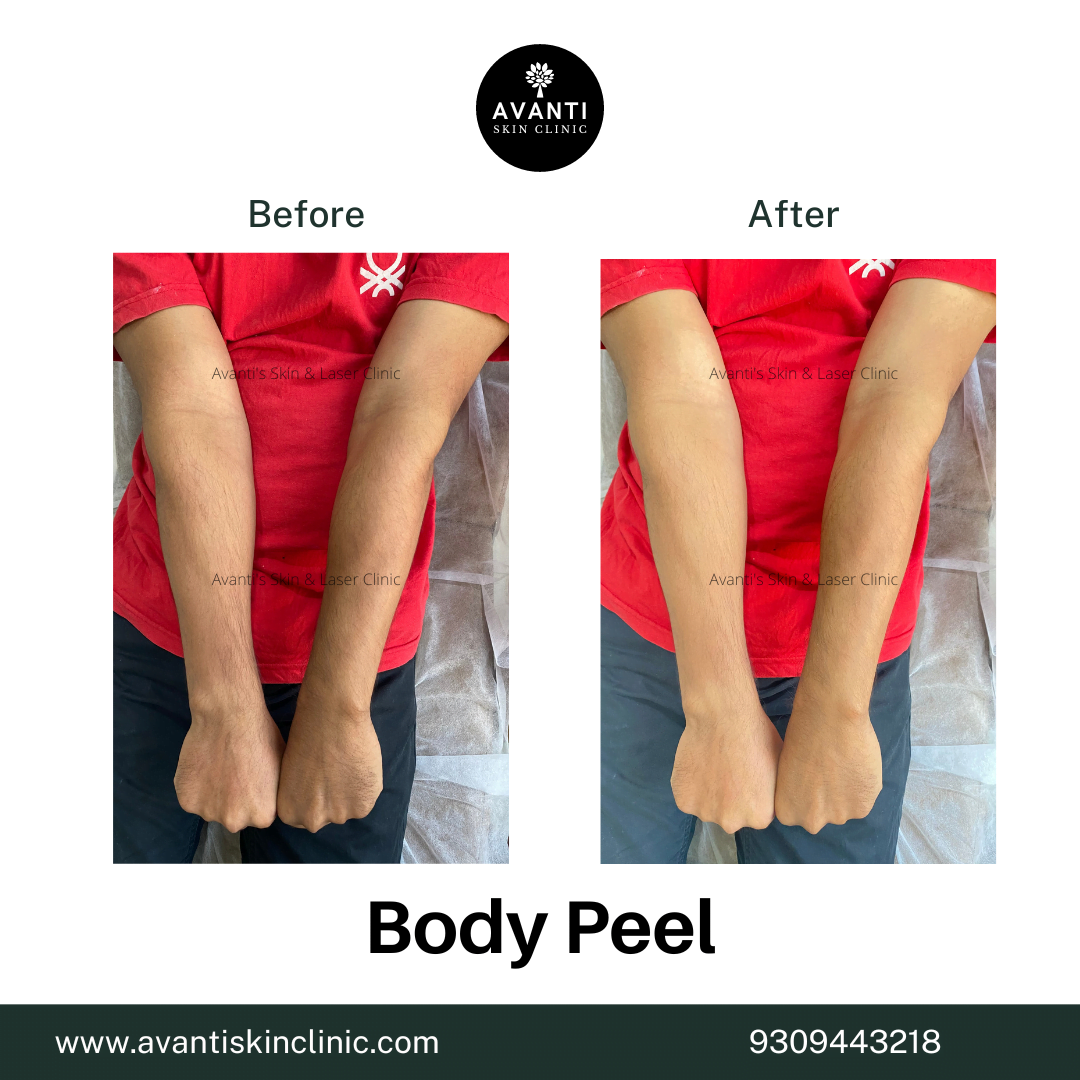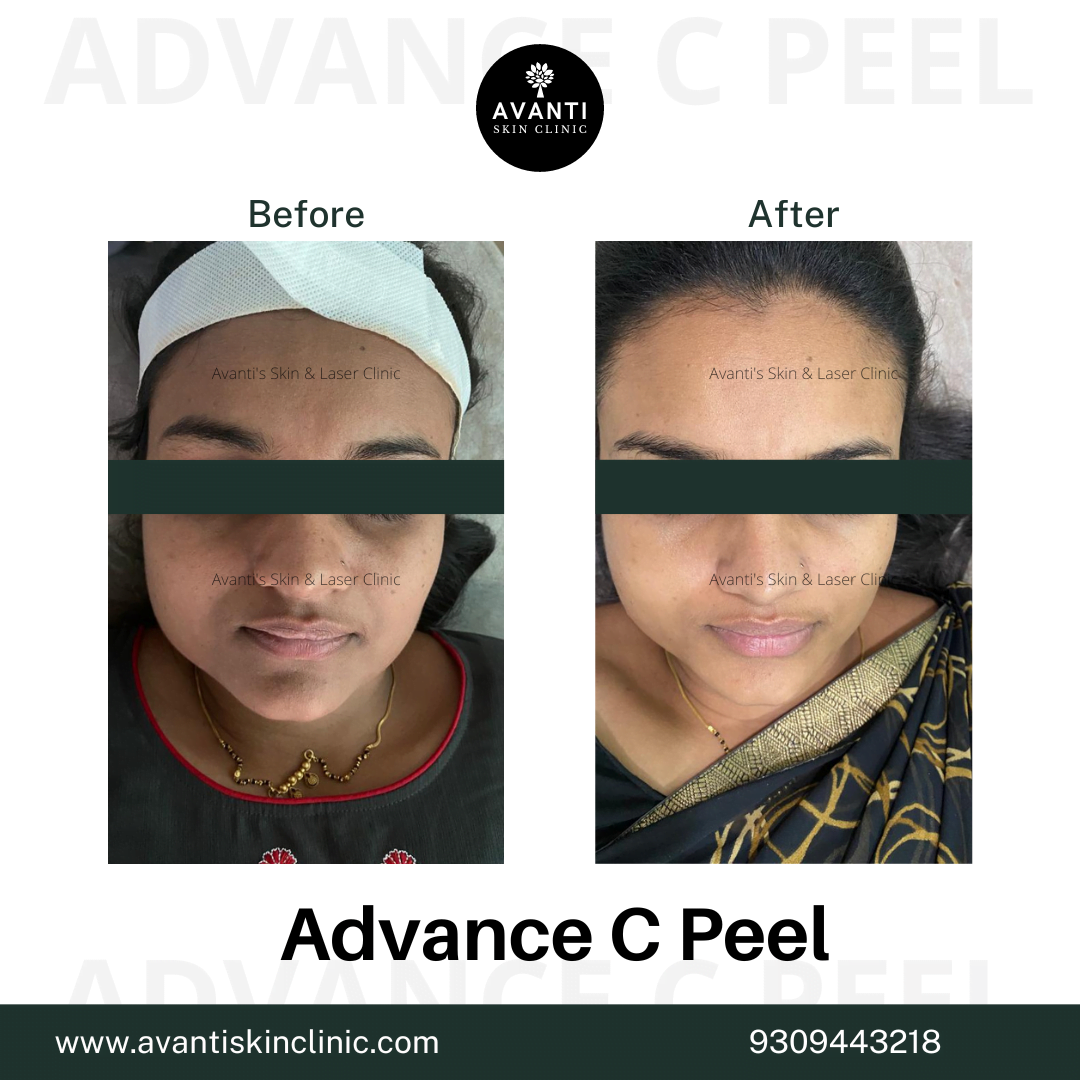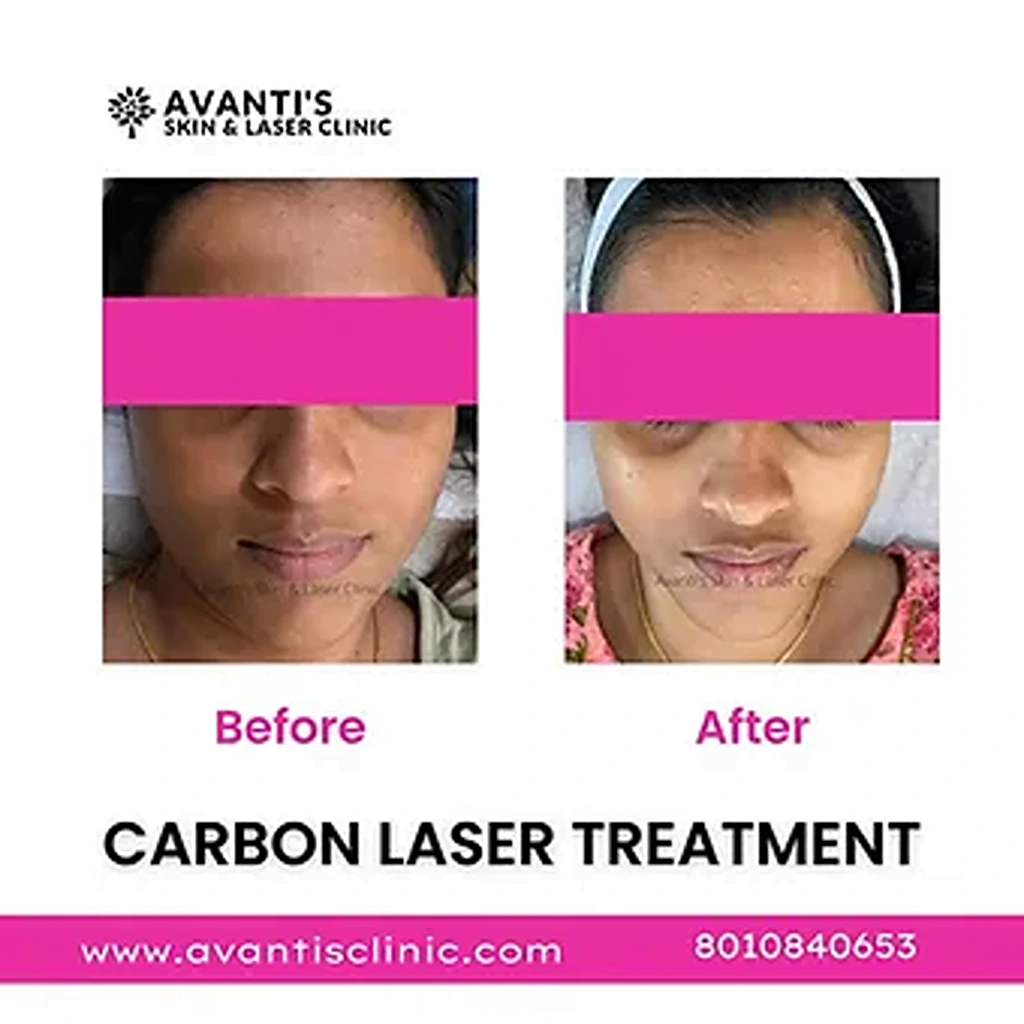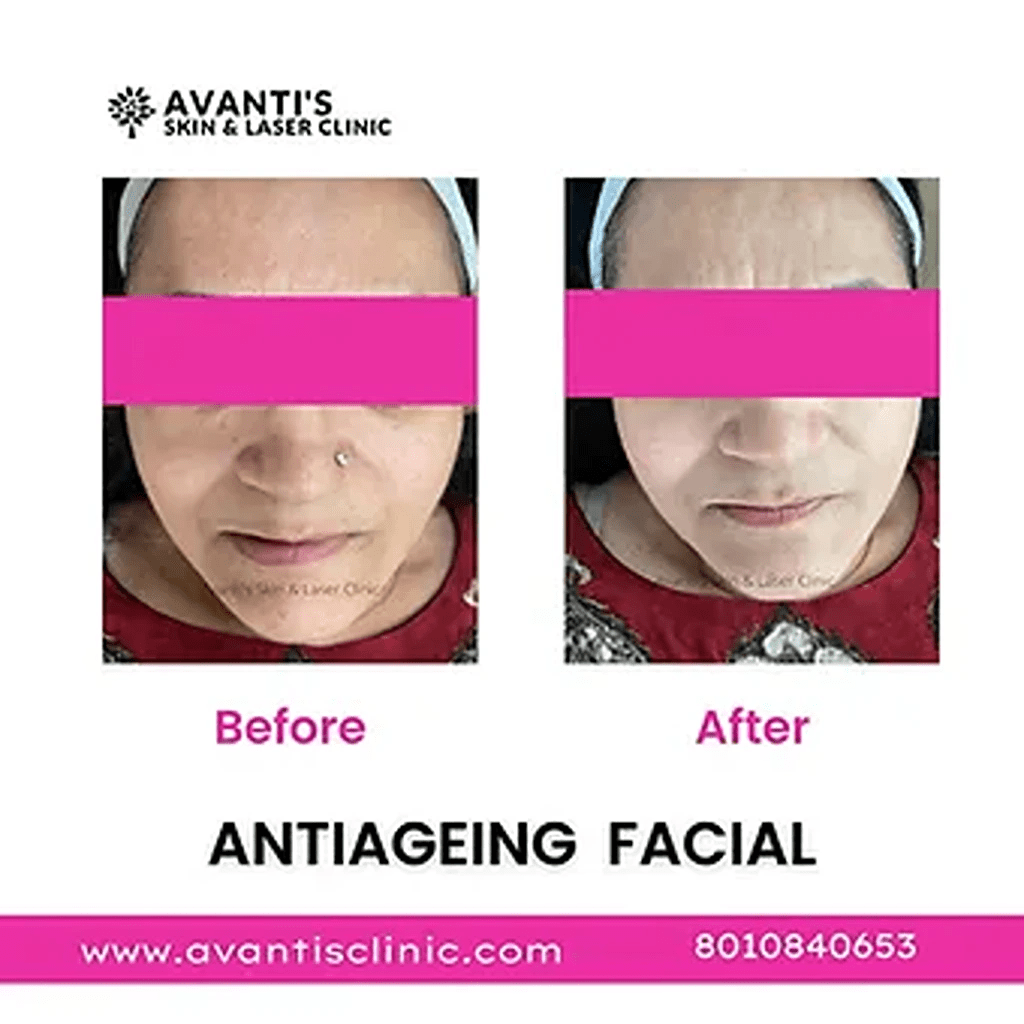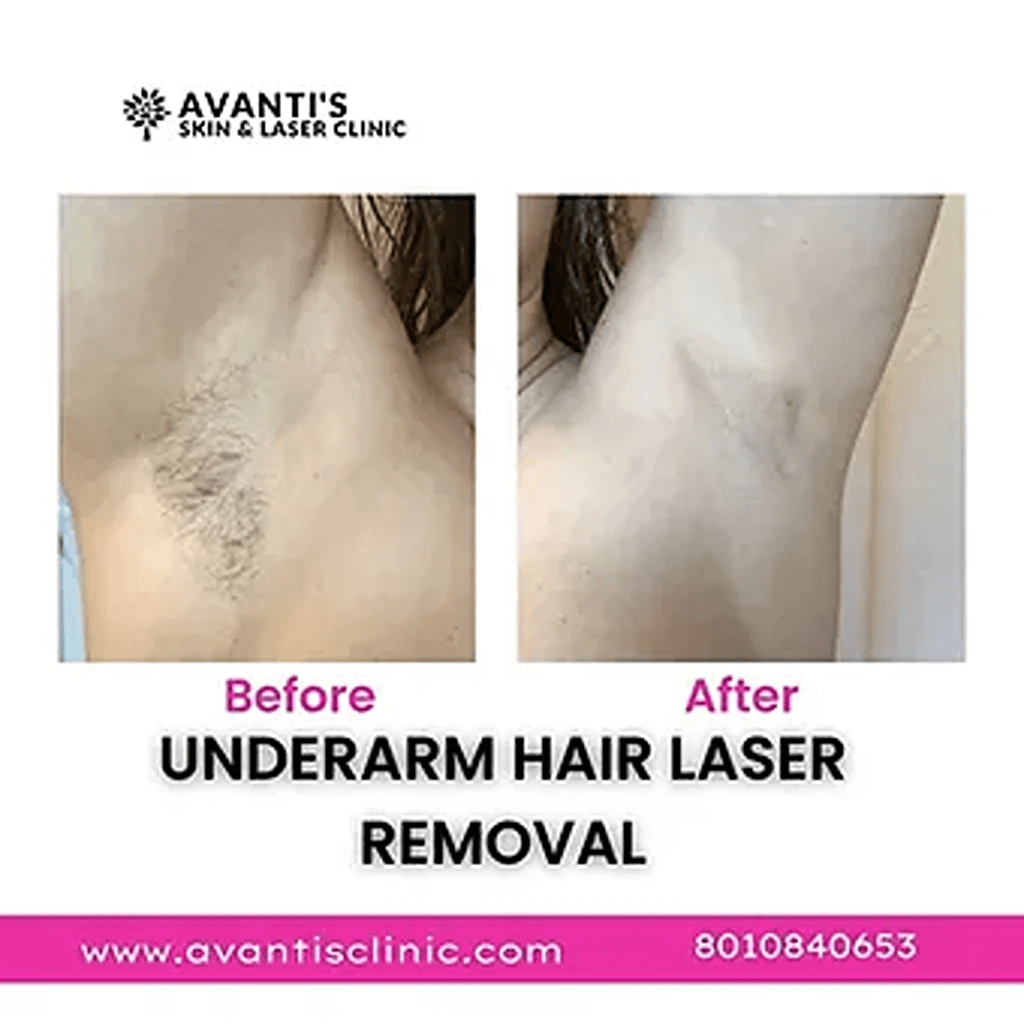What is it and How Does It Work?
It is, without a doubt, the solution to all of your hyperpigmentation problems “Glycolic acid is an Alpha Hydroxy Acid, or AHA. It’s a water-soluble acid that enhances skin radiance by exfoliating the skin’s outermost dead layer, known as the Stratum Corneum, and improving light reflection. Scrubs are abrasive and can cause discomfort, but Glycolic acid, when applied at the right concentration and done correctly, is a far gentler approach to exfoliate the skin.”
What skin types (conditions) does it help?
Basically, if you’re a human person, Glycolic acid can definitely help you. The chemical targets wrinkles, hyperpigmentation, and acne-prone skin, so if you have one or more of these issues, it’s worth putting on your top shelf. It scrapes away at the very top layer of the skin. Because our skin exfoliates at a slower rate as we age, exfoliating with Glycolic exposes fresher skin that is more even and beautiful.
How to use it?
Cleansers, serums, and moisturizers are the most popular over-the-counter products.
The only exception is that if someone has sensitive skin, you must proceed with caution.
Use one Glycolic acid product every other day to ease yourself into a Glycolic acid program, and gradually increase the dosage as your skin allows. (For two weeks, I used Glycolic every other day, then increased to once a night.)
Also, because AHA makes you more sun-sensitive (and can be quite drying), you must wear sunscreen every day.
So, what is the right Glycolic acid percentage?
At home, you should never use more than 10% since the larger the proportion, the more probable it is to penetrate deeper. That may seem appealing, but using Glycolic acid for an extended period of time might produce a chemical burn on your skin. Anything stronger than 10% should only be applied by a dermatologist.

